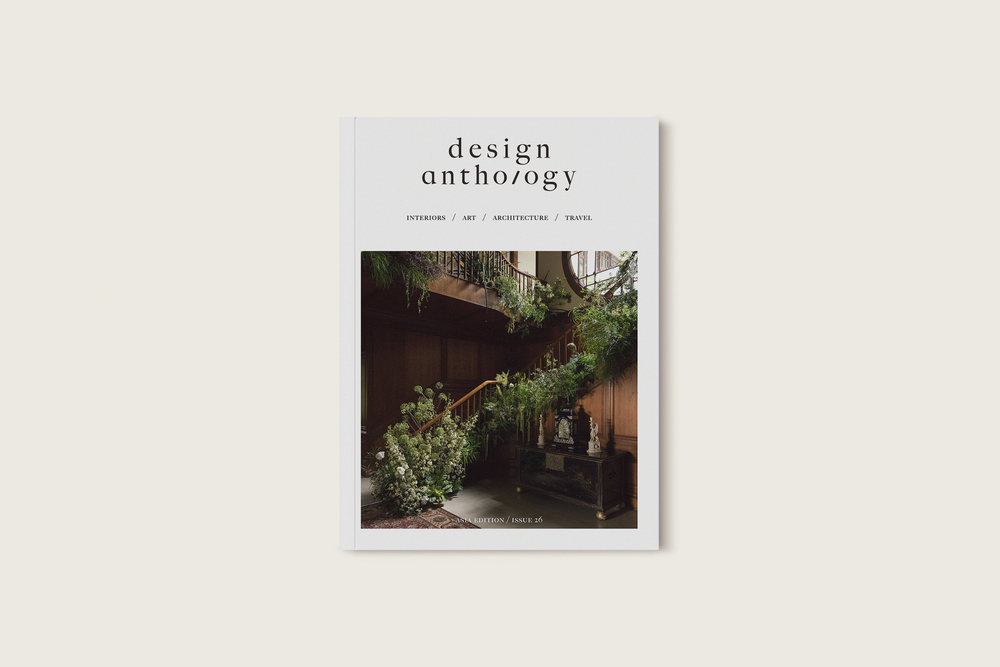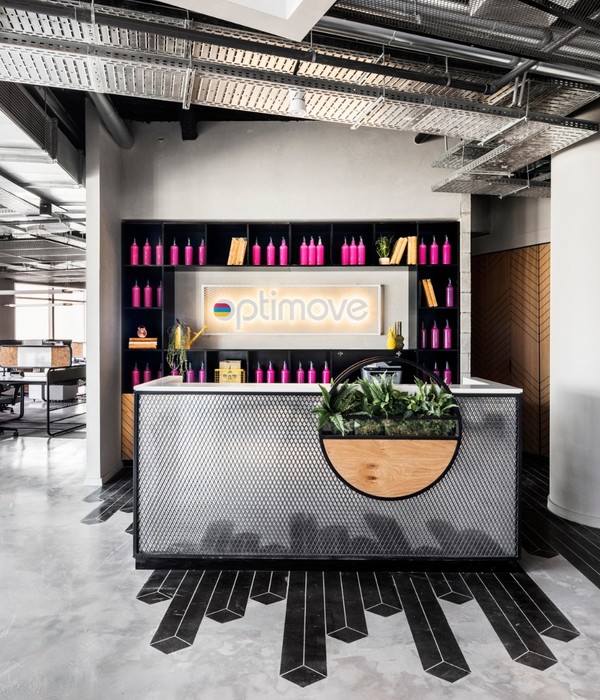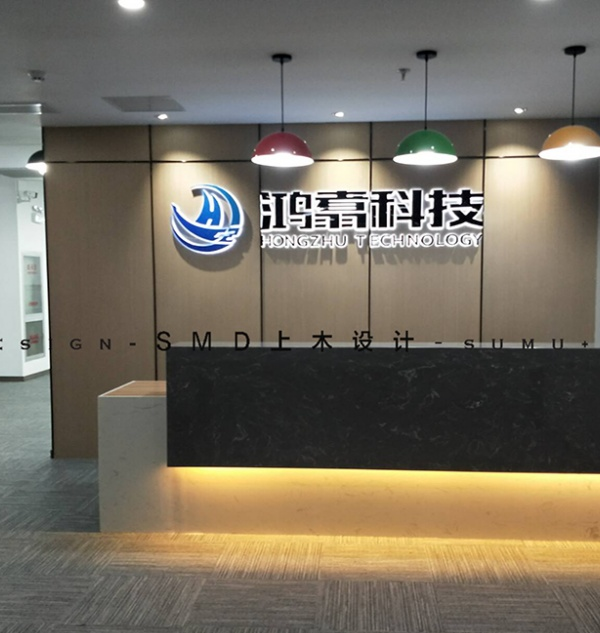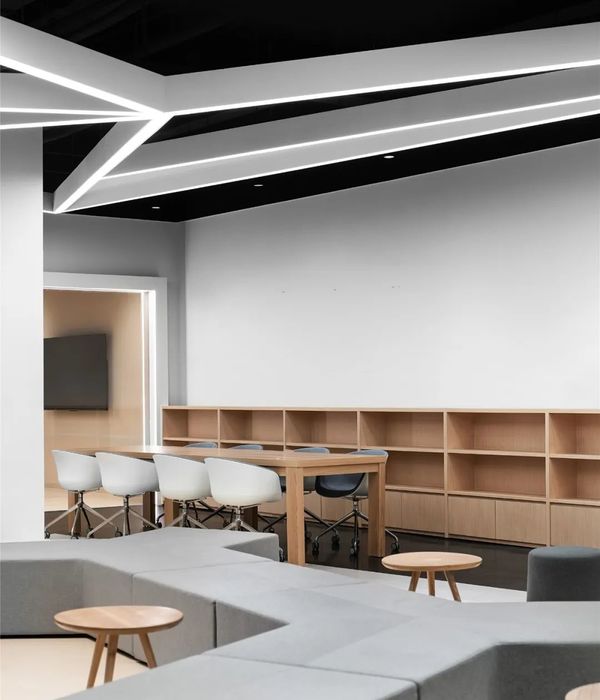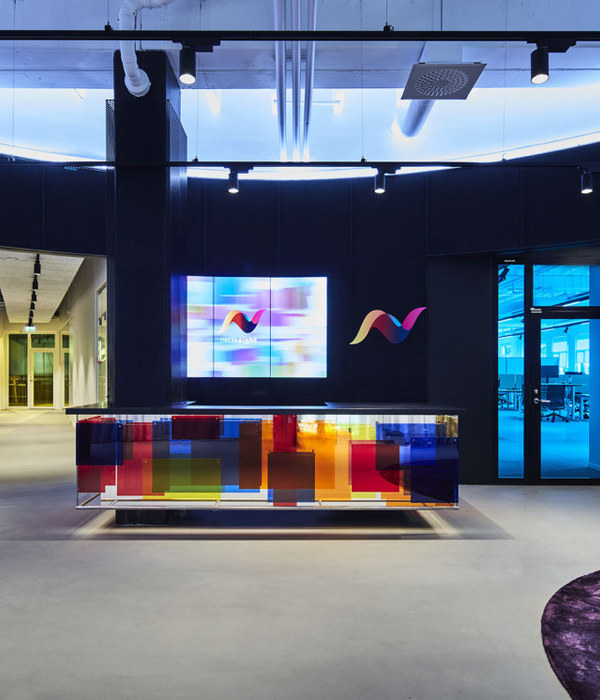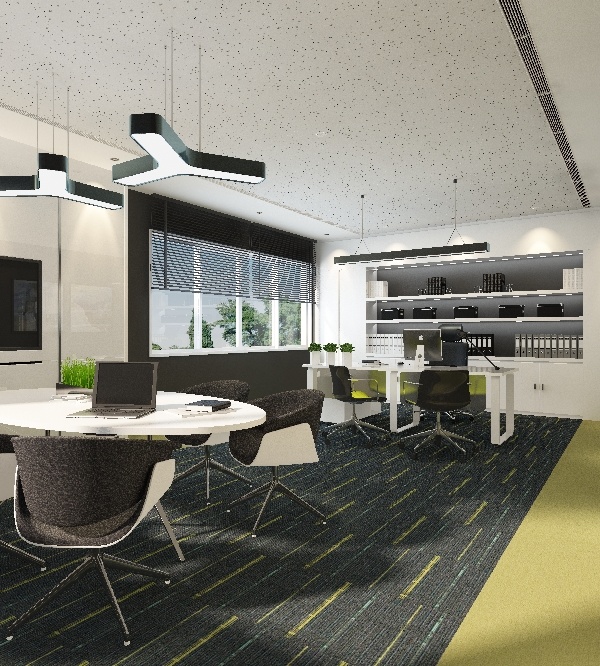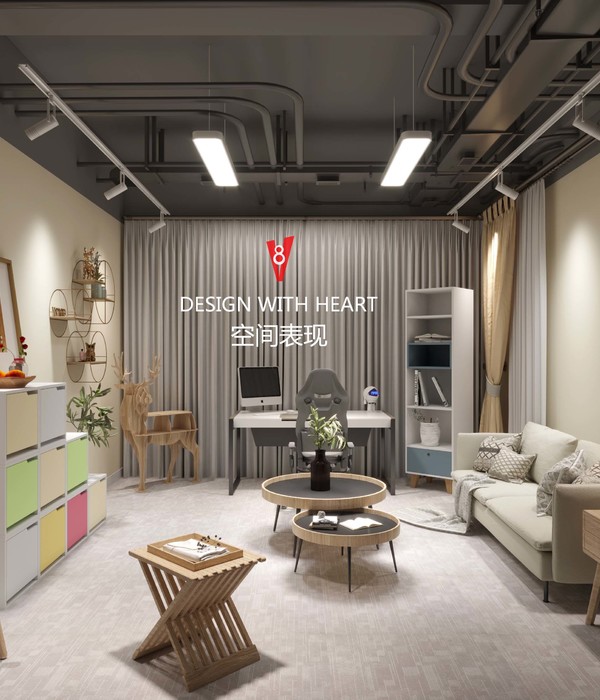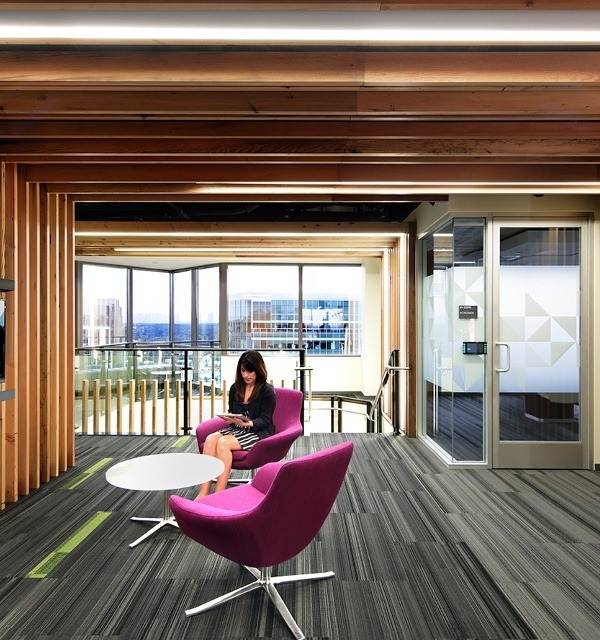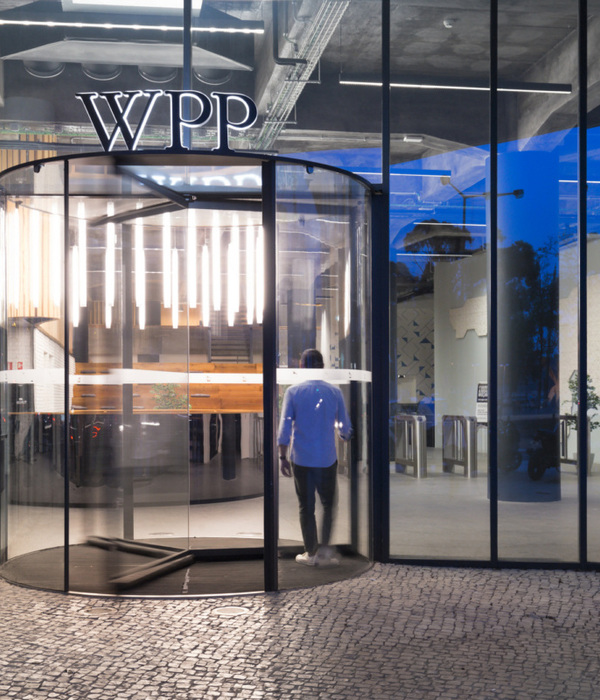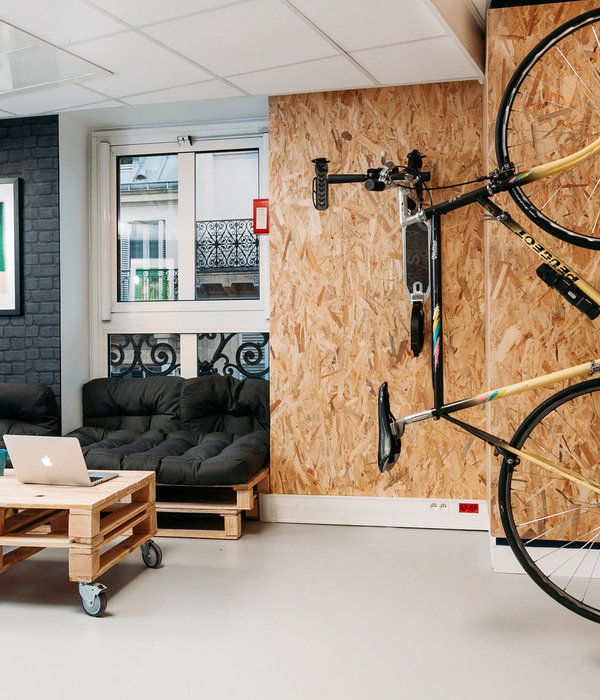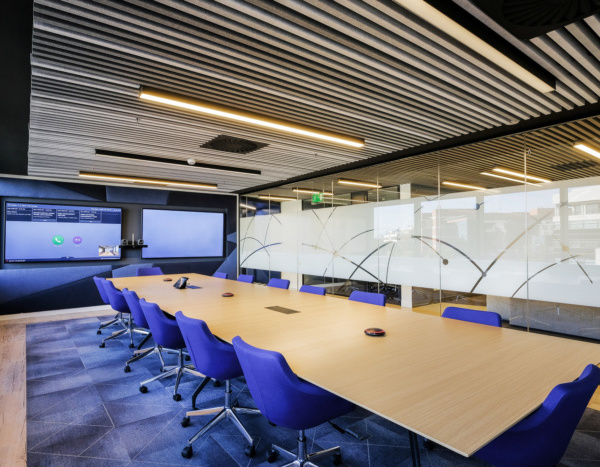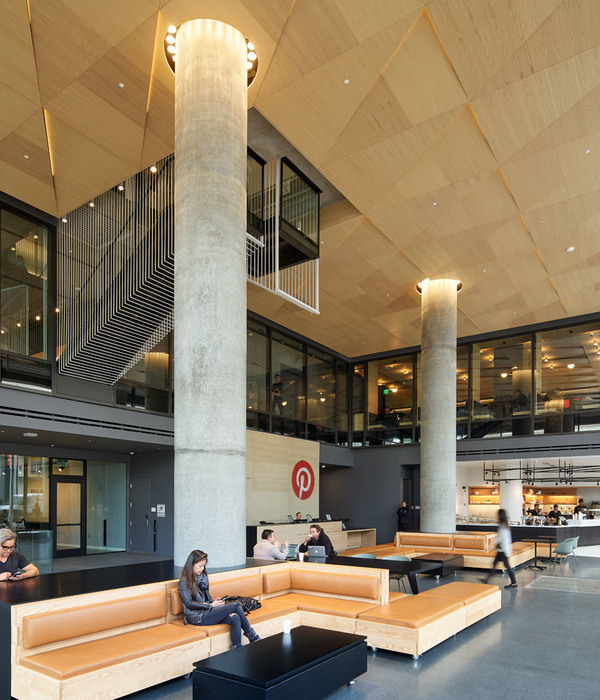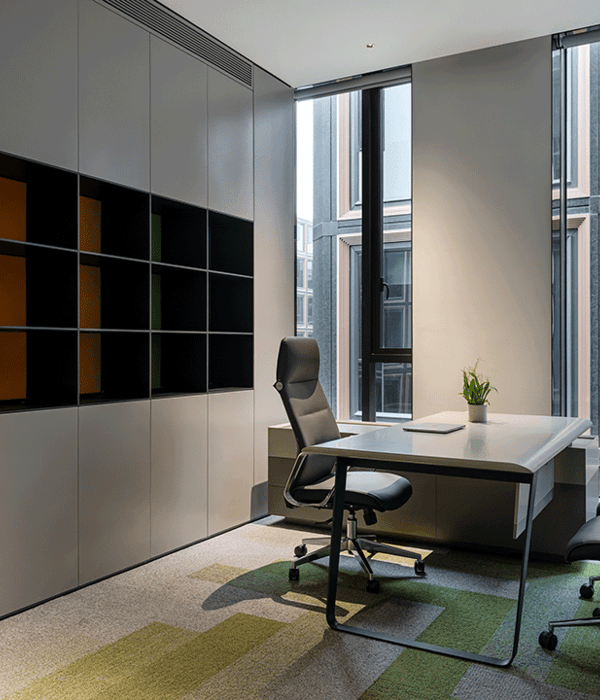新加坡设计 | 创新与实用的融合
Neat, organised and cosmopolitan, Singapore is a design-led nation. Here Mike Lim, principal of homegrown firm DP Design, weighs in on what the term ‘Singaporean design’ means to him
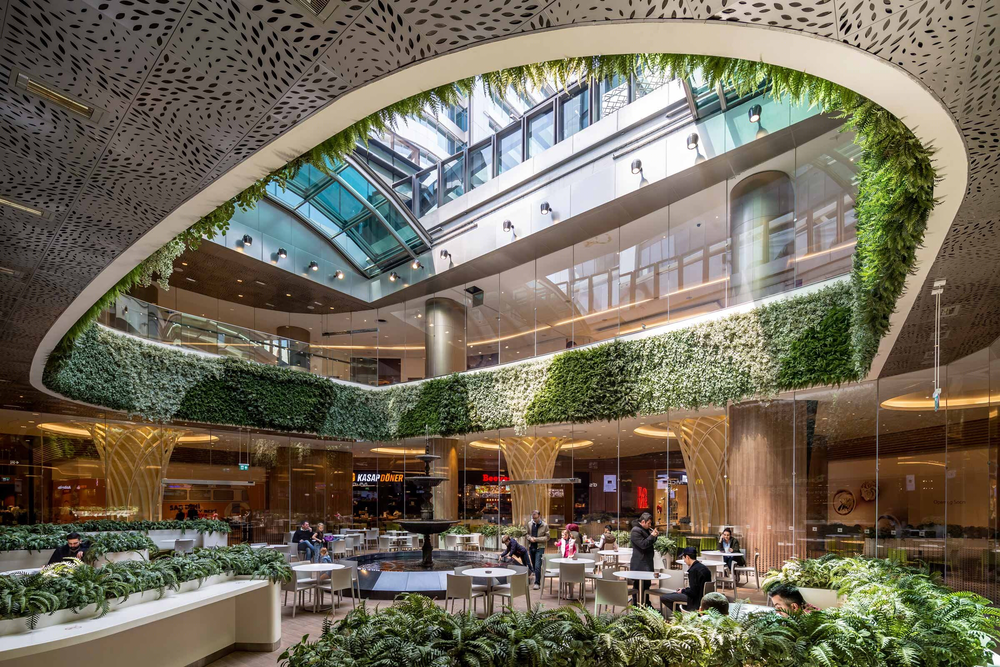
DP Architects’s Emaar Square Mall in Istanbul
What is Singaporean Design? It’s a question that is asked often. For local designers, the search for a collective identity is an ongoing examination into our work. It’s a question that our clients often pose, looking for ways to apply ‘Singaporeanness’ to our work, and it’s a difficult question that I have revisited often over my 25 years as a designer, with the answer being at times both elusive and contentious.
Design as a means of expression stems from a sense of identity. In this context, Singaporean design may appear problematic due to an apparent lack of historical lineage to build upon. Much like our American counterparts, we were an immigrant society — and to an extent, we still are. Yet, unlike the US, our history as an independent nation is young; Singapore is a mere 55 years old. Our socio-cultural make up is a melting pot of races, religions and languages, each with their own idiosyncrasies. And it is on the back of this that we’ve forged a first-world nation within the span of a single generation. Rapid economic success fast-tracked our rise to becoming a cosmopolitan and international city, though some might argue such progress came at the cost of a more organic pace that would allow for self-discovery and growth.
Has this really stunted the development of our national identity, and therefore our design DNA? Singapore’s founding fathers did a marvellous job of uniting diverse peoples by fostering a shared set of national values and other commonalities that people have embraced — we identify as Singaporeans while recognising that we are citizens of the world, susceptible to globalisation and its influences. On the design front, this paradox of identity presents itself as a form of eclecticism. Colloquially, we call this mixed style rojak, a combination of our roots, immediate environment and world trends. Out of this, we’ve also seen cultural iconography such as the ketupat (rice parcels wrapped in coconut leaves) and the Good Morning towel used to loosely signify local design.
When we look at the state of Singaporean design today, there’s room for criticism. Recently, a client commented that it appears that local designers and architects have begun to stagnate, and that beyond incorporating more horticultural elements, there has been nothing new nor innovative in recent design projects. It was an honest opinion and valid in its own right, albeit, slightly superficial.
In the words of Prime Minister Lee Hsien Loong, ‘Design is... a core element of our nation-building. Singapore is a nation by design. Nothing we have today is natural or happened by itself.’ Limited by the absence of natural resources and unique because of its geographical location, growth was only possible through innovation, and innovation was born out of need. This took and continues to take design thinking —understanding issues, defining problems, innovating and leveraging the power of science and technology to derive creative solutions. Through this, we were able to design Singapore; turning a fishing village into a world-class modern metropolitan city renowned for being well planned, connected, efficient and highly liveable.
Design innovation is our DNA, our brand of design just looks a little different. It considers aesthetics but is ultimately concerned with pragmatism. Functional planning is crucial to our design process and innovation is essential to reinventing design solutions that tackle our limitations. This very deliberate approach to design is articulated and amplified in how we’ve evolved from a ‘Garden City’ to a ‘City in a Garden’, and now, in the latest chapter in our history as a nation by design, a ‘City in Nature’. This national vision and evolution are about more than creating a pretty city in a tropical locale. A garden is, by design, manicured, and here the larger urban garden is a purposefully curated landscape of green and blue designed to address issues of sustainability, liveability and community through horticulture and biophilia.
Marina Bay is among the latest testaments to this. It’s a vision of masterful urban planning and architectural design, but more than this, its pragmatic functions and benefits as a blue space are manifold. The Marina Barrage was designed to mitigate flooding in the city but with this, it also created a new water reservoir — a highly valuable resource for water sustainability. Its location in an equally valuable downtown location meant it was also necessary to consider the elements for the various plots of land around the bay, and in keeping with building a green city, the initial preferences were for a central park. But the city went beyond that: Gardens by the Bay (designed by architects Wilkinson Eyre and landscape architects Grant Associates) serves as an open public green space, but with its unique architecture of curved glass domes and oversized super-trees, it’s also designed to be iconic. Economic sustainability and pragmatism led to the introduction of the Marina Bay integrated resort, Marina Bay Sands, which came at a time when there was also a need for a world-class convention centre.
So again, design innovation is in our DNA — our brand of design just looks different. Singaporean design is not about an applied style in the manner of Scandinavian or Japanese design. Our ‘blue and green’ architecture is driven by the duality of pragmatic nation-building where hard-line economic functions to do with growth and development are coupled with thoughtful design that addresses the needs of citizens. This is, in essence, ‘Singaporean design’. It’s characterised by ingenuity and it will continue to inform our fundamentals. Already we’re on track to further evolve into a City in Nature with an emphasis on local sustainability, beginning with the ‘30 by 30’ plan, which aims to produce 30 percent of Singapore's nutritional needs locally by 2030, and has received support in the form a $55 million grant from Enterprise Singapore to boost the agritech sector and the 18-hectare Agri-Food Innovation Park due to open in Sungei Kadut next year. Sustainability and economics are once again at the forefront of this latest push but as always, the overarching aim is to cater to the needs of the people.
The Singaporean designer’s creative psyche is inevitably influenced by our global position, our unique blend of Asian sensibilities and our design engineering. Because these three elements are constantly evolving, the designer is not bound to a fixed style. Their works, however, will carry the essence of ‘Singaporean design’: manicured and cosmopolitan yet glocal in approach, laced with a keen social consciousness. This, I think, is what makes the practice of design in Singapore so exciting, so promising. And in my own creative journey, this is what continues to inform my design DNA. Crossing from architecture to interior design and with the goals of excellence and social awareness, I’m committed to taking an approach that looks at continually redefining spaces and their function. In this way, Singaporean design can stay true to its purpose of impacting lives for a more inclusive world as we build upon this design thinking and approach.
Similarly, in other fields of design like products, graphics and interiors, Singaporean designers show an aesthetically driven approach without compromising on pragmatism or prudence. Within this, there’s a search for applied aesthetics that can by tied to identity. It’s perhaps why we’re seeing an emerging generation of creatives who look to culture and heritage as a starting point in their search for a Singaporean design identity. It’s a process that every designer goes through, and with the strides that every generation of designers makes, we’ll undoubtedly progress a little more until we forge a creative and uniquely ‘Singlish voice’ — an applied style that pays homage to our history of innovation and adaptability while blurring the line between heritage and internationalisation.
Presently, there’s no definite answer to what this will look like, but I believe that we’ll eventually arrive at an answer. Let us not forget the tenacity and sheer will to invent that enabled our island nation to rise to become a first-world city: green, liveable, inclusive and sustainable, with a flourishing art and design scene. The journey to the answer may take time, and if we don’t reach it in this decade, then perhaps the next, but one thing is for sure: for local creatives, design may be synonymous with the broader Singaporean brand and agenda, but the creative freedom to shape our built environment remains ours.
Text / Mike Lim
Images / Courtesy of DP Design, DP Architects, Marc Tey & Juliana Tan
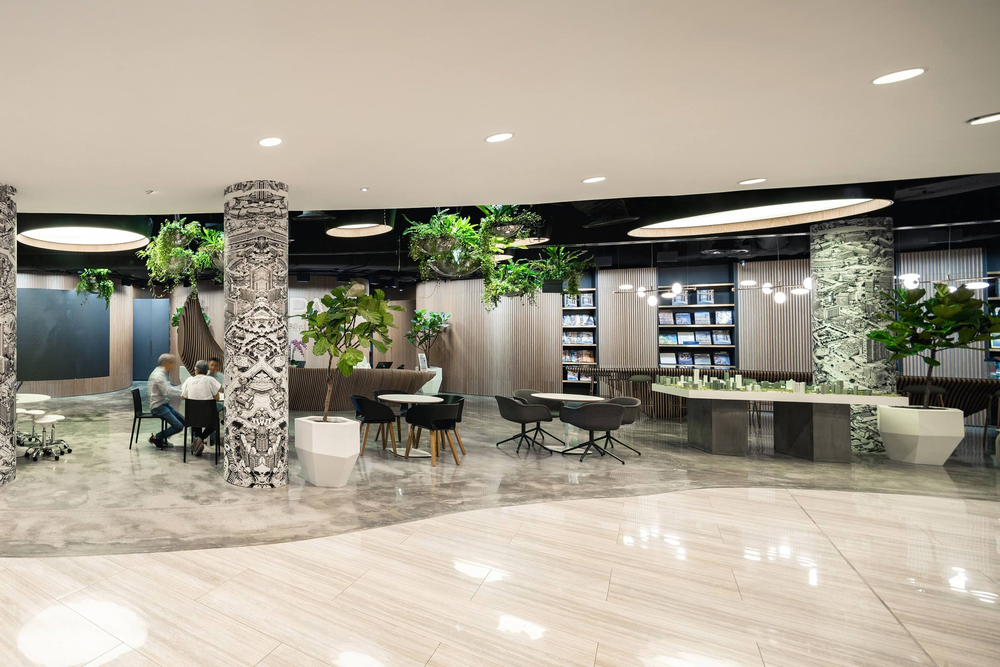
DP’s New Office in Marina Square, Singapore
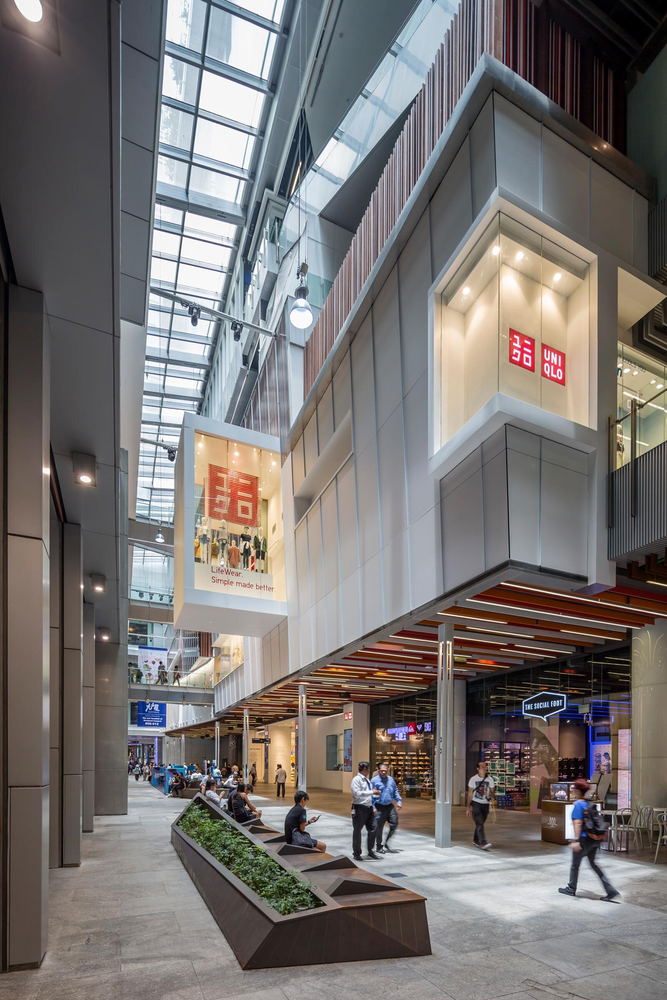
Orchard Central, Singapore’s first high-rise shopping centre

Mike Lim, principal designer of DP Design

DP Architects collaborated with local restaurateurs The Food Explorer Group, to open re
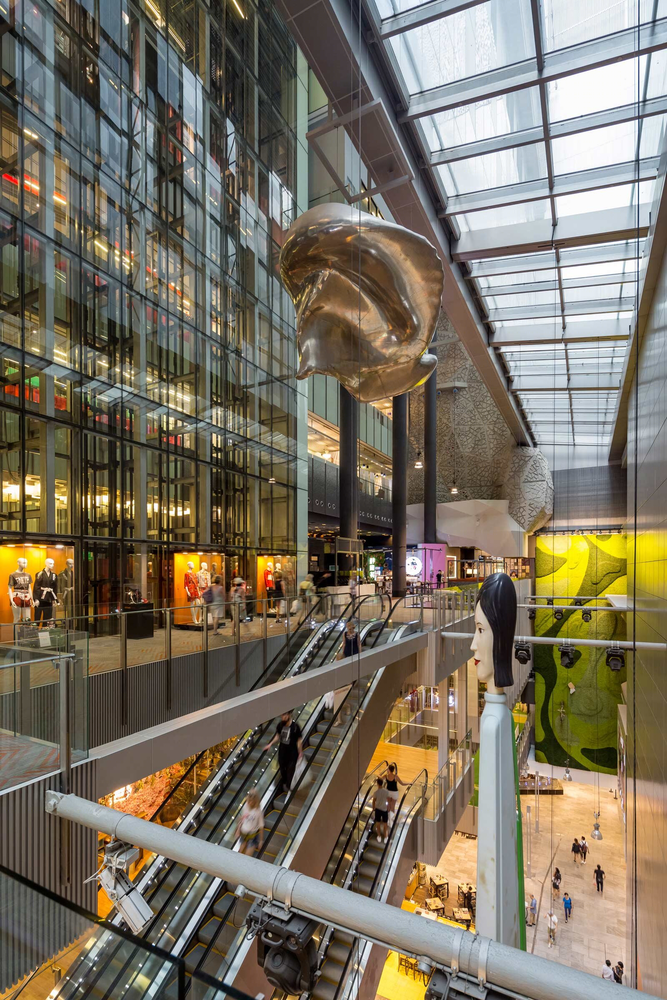
Orchard Central, Singapore
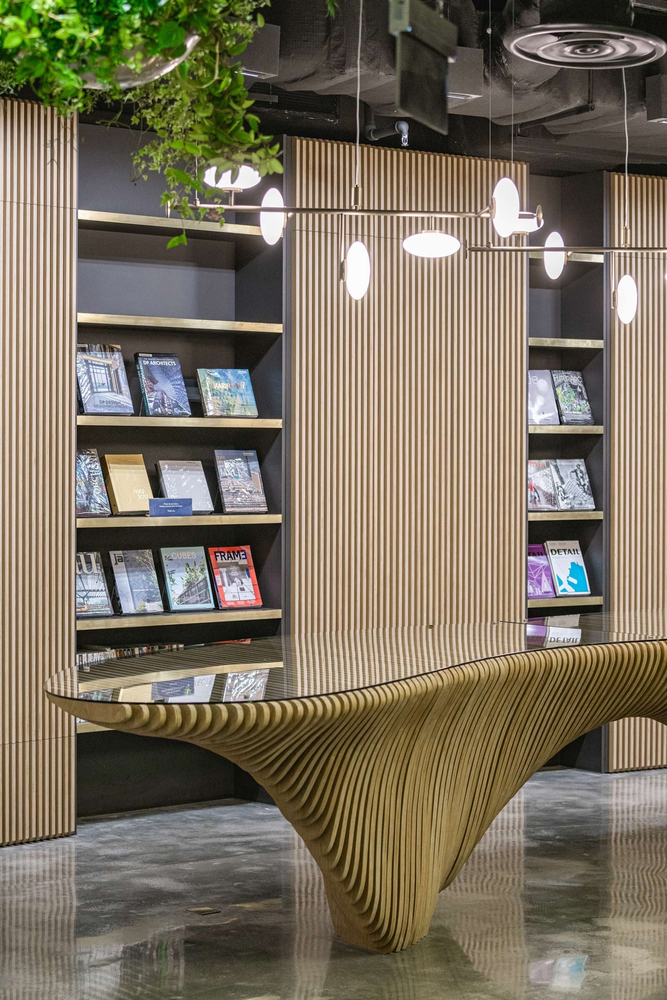
DP’s New Office in Marina Square, Singapore
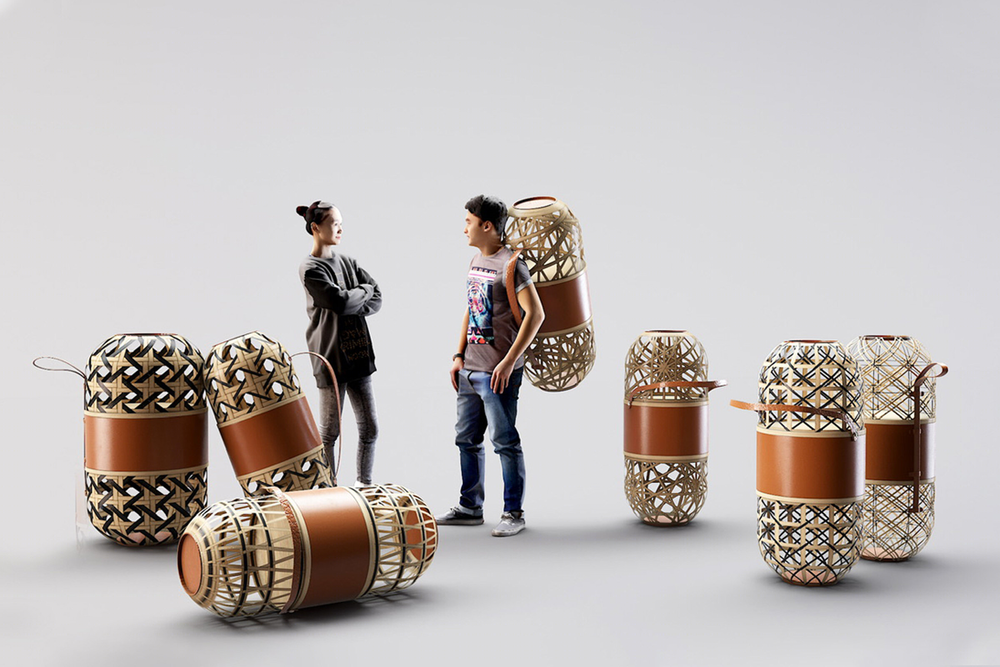
Tingkat portable furniture collection
